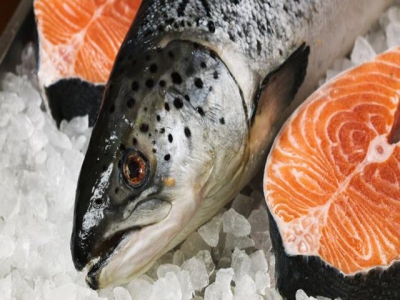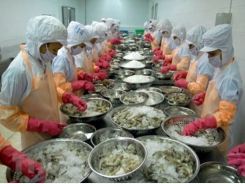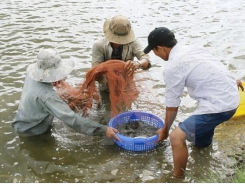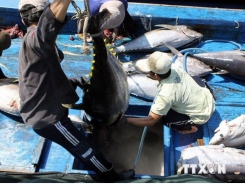Gene expression response to sea lice in salmon skin identified

Sea lice have major negative economic and animal welfare impacts on global salmon aquaculture.
Scientists have identified gene expression responses that may help explain why some salmon are more resistant to sea lice than others, according to researchers at The Roslin Institute in Scotland.
Researchers from the institute and the University of Chile investigated how expression of genes in salmon skin respond to infestation with sea lice and how this varies between resistant and susceptible animals.
Sea lice have a major negative economic and animal welfare impact on salmon aquaculture globally, the institute said. Previous research has shown that certain individual salmon are better able to resist infection with sea lice than others, and this is partially due to genetics.
Dr. Diego Robledo, a postdoctoral research fellow working in professor Ross Houston’s laboratory at The Roslin Institute, used RNA sequencing to study the skin transcriptome — the set of all RNA molecules produced by the cells of an organism — of Atlantic salmon parasitized with sea lice. He then looked for differences in gene expression between salmon with high and low resistance to the sea lice, an announcement said.
The team observed that several genes responsible for immune response and pattern recognition are different between resistant and susceptible salmon, the institute said. Differences are also visible with regard to myogenic and iron availability factors.
“In this study, we asked the question, ‘How do resistant fish and susceptible fish differ in their response to sea lice infestation?’ by comparing the gene expression profiles of these two groups. The results shed light on the genes and pathways that play a role in genetic resistance and may be useful in the future for developing new prevention or control mechanisms, including enhancing selective breeding to produce more resistant stocks,” Houston said.
The research was part of a project funded by the Newton Fund through the U.K.’s Biotechnology & Biological Sciences Research Council and is a bilateral funding initiative between a U.K. research council and Chilean counterparts CONICYT. Chile's side of the project was led by Dr. José Manuel Yáñez from the University of Chile in Santiago, Chile, and was done in collaboration with salmon breeding company AquaInnovo.
Có thể bạn quan tâm
Phần mềm

Phối trộn thức ăn chăn nuôi

Pha dung dịch thủy canh

Định mức cho tôm ăn

Phối trộn phân bón NPK

Xác định tỷ lệ tôm sống

Chuyển đổi đơn vị phân bón

Xác định công suất sục khí

Chuyển đổi đơn vị tôm

Tính diện tích nhà kính

Tính thể tích ao hồ




 Testing low-cost demand carp feeders in Nepal
Testing low-cost demand carp feeders in Nepal  Tuna exports likely to hit $500m in 2018
Tuna exports likely to hit $500m in 2018